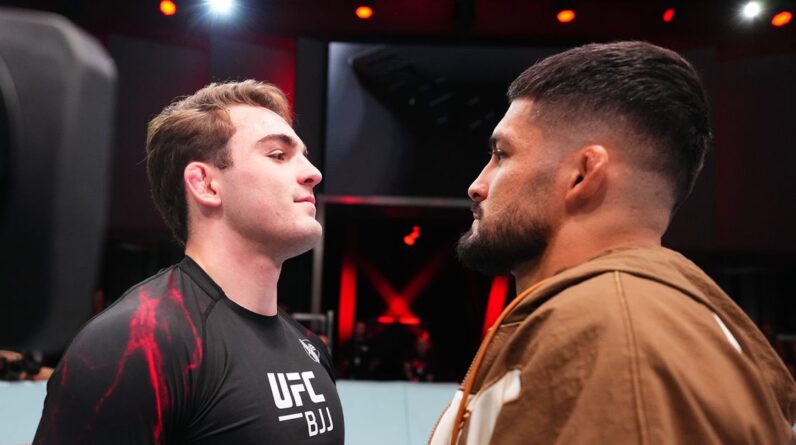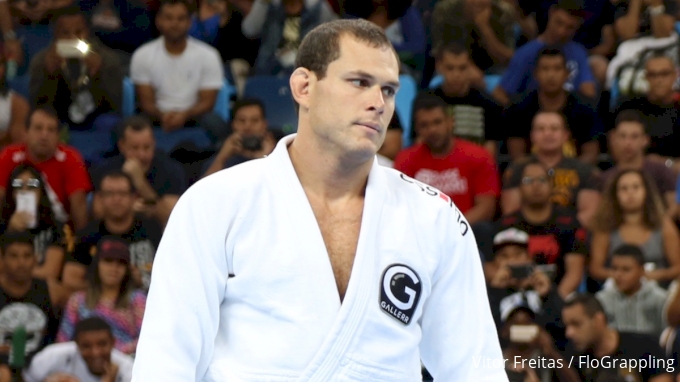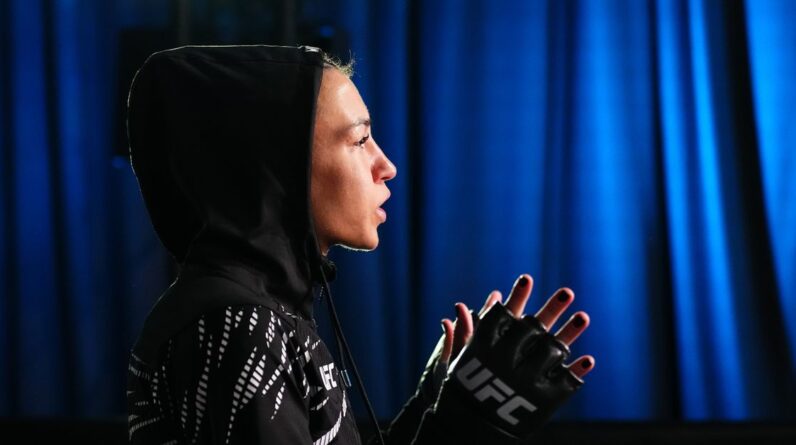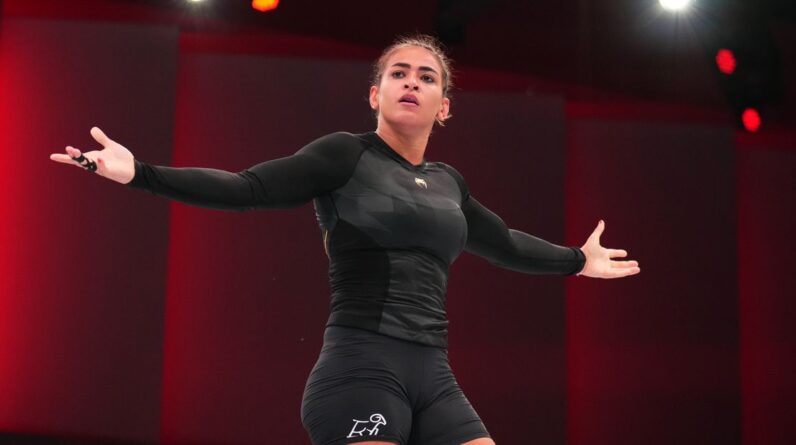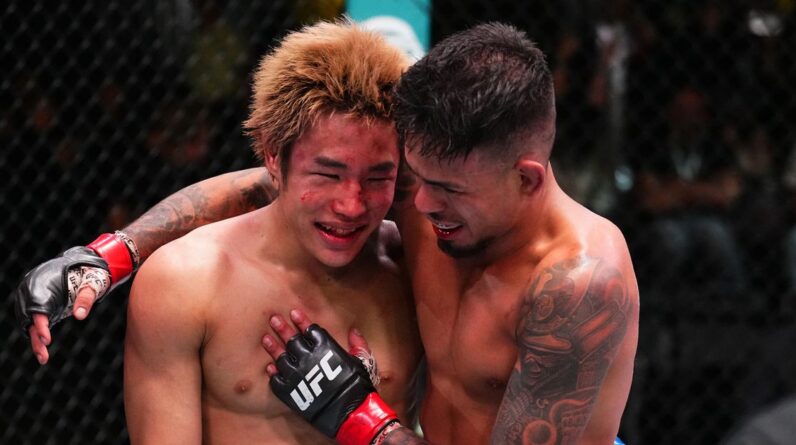Table of Contents
Unpacking the Impact of Discriminatory Sentiment on Jiu-Jitsu and Judo
If you’re a die-hard MMA fan, you’ve likely seen how modern debates on inclusion and cultural exchange shape our sport. But what if I told you that these very discussions have roots deep in the history of martial arts? New research reveals how discriminatory sentiment fundamentally altered the trajectory of jiu-jitsu and judo development, setting off a chain reaction that is still felt in the fights and competitions of today.
A Historical Look at Martial Arts Transformation
You might be wondering, “How did discrimination influence martial arts?” Imagine a world where vibrant cultures met on a mat, creating a melting pot of techniques and philosophies. Yet, the harsh reality of exclusion left lasting scars. Researchers have uncovered that early prejudices and cultural gatekeeping not only fragmented these arts but also spurred innovation in unexpected ways.
Let’s break it down further:
- Jiu-Jitsu: Originally a technique-focused defense method, its evolution was stunted by isolated communities that withheld knowledge from outsiders.
- Judo: While modern judo celebrates inclusivity, its roots were tangled in a web of elitism that once barred many from mastering its teachings.
The Data Behind the Disruption
To give you a clearer picture, consider this table comparing key factors affected by discriminatory practices:
| Aspect | Jiu-Jitsu | Judo |
|---|---|---|
| Historical Accessibility | Limited, with knowledge passed strictly within certain circles | Initially limited, later broadened in modern practice |
| Technique Evolution | Stifled innovation due to isolated practice groups | Gradual evolution as integration efforts increased |
| Cultural Influence | Restricted to traditional approaches | Enhanced by cross-cultural exchanges over time |
This table illustrates the stark contrasts and eventual shifts that paved the way for the art forms we know today. If you’re curious, keep in mind that these historical dynamics are what make our current discussions on inclusivity in MMA so relevant.
Frequently Asked Questions (FAQs)
Q: How did discrimination affect the technical development of these martial arts?
A: Discriminatory practices led to information hoarding and limited exchanges of techniques, which in turn slowed the natural evolution of strategies and moves.
Q: Can we see the effects of this past discrimination in modern MMA?
A: Absolutely. The evolution of judo and jiu-jitsu reflects in today’s blend of techniques in MMA; the struggle for inclusivity paved the road for innovation as diverse influences merged on the global stage.
Modern Implications for MMA and Beyond
Today, our sport stands as a beacon for diversity and creativity—a far cry from a time when exclusion hampered potential. By embracing a broader cultural exchange, fighters and coaches continue to draw from a rich tapestry of techniques that challenge the status quo.
Imagine the scene: The cage is not just a battleground for physical strength, but also a stage where history and modern innovation collide. The lessons from these early discriminatory practices remind us how far we’ve come and encourage us to promote even more inclusivity as we evolve further.
Final Thoughts and Call-to-Engagement
Reflecting on our history not only deepens our appreciation for jiu-jitsu and judo but also inspires a brighter, more inclusive future for MMA. I invite you to join the conversation—share your thoughts on how historical biases might have influenced modern fighting styles, and what steps we can take to further embrace diversity in our beloved sport.
Stay informed, stay engaged, and always be ready to explore the unexpected crossovers between history and modern martial arts culture. Your insights can contribute to a richer, more dynamic MMA community!
Insert image of a historic martial arts dojo juxtaposed with a modern MMA gym here.
For more insights on this topic, read the full study at this source link.


